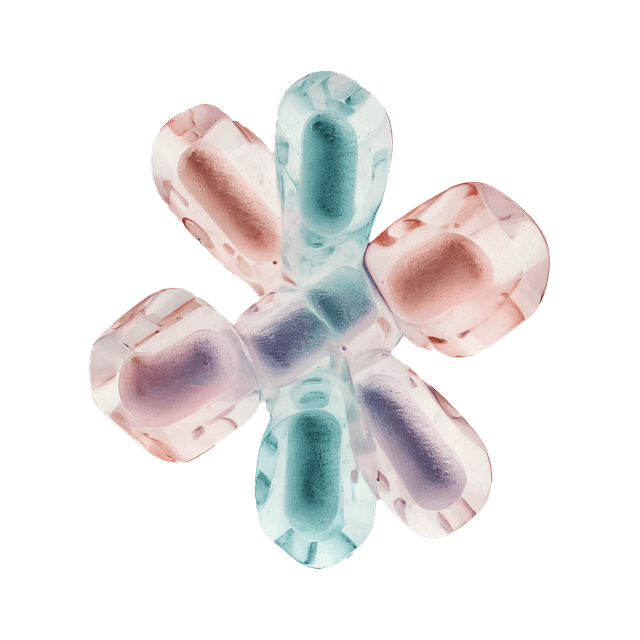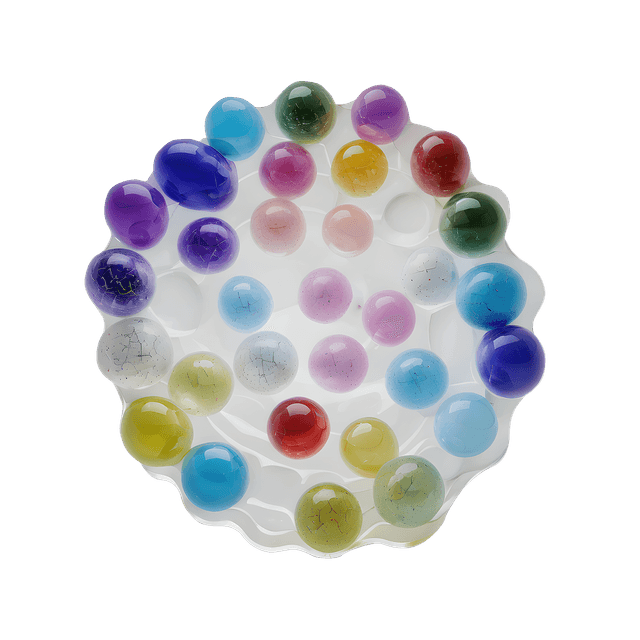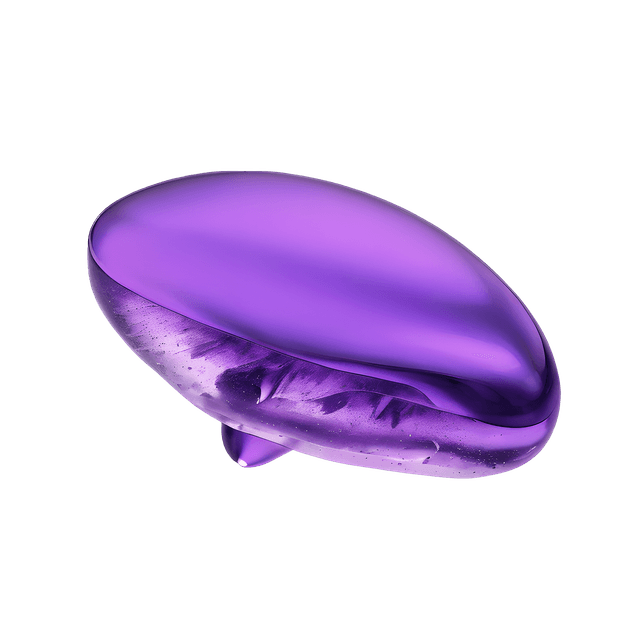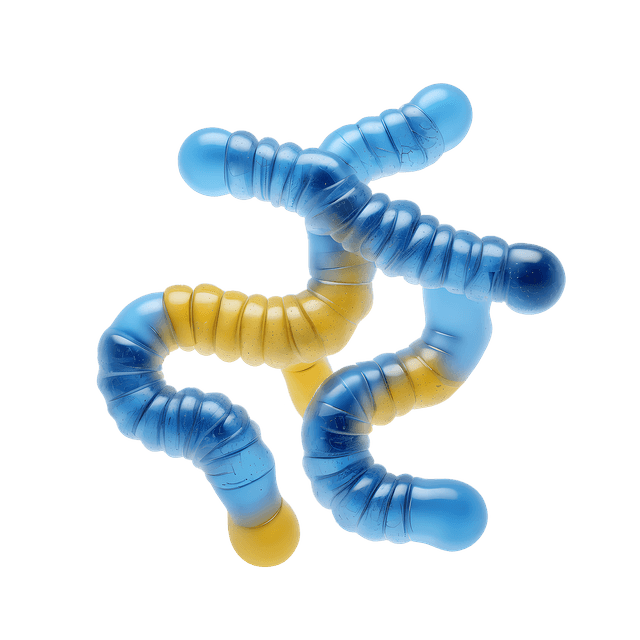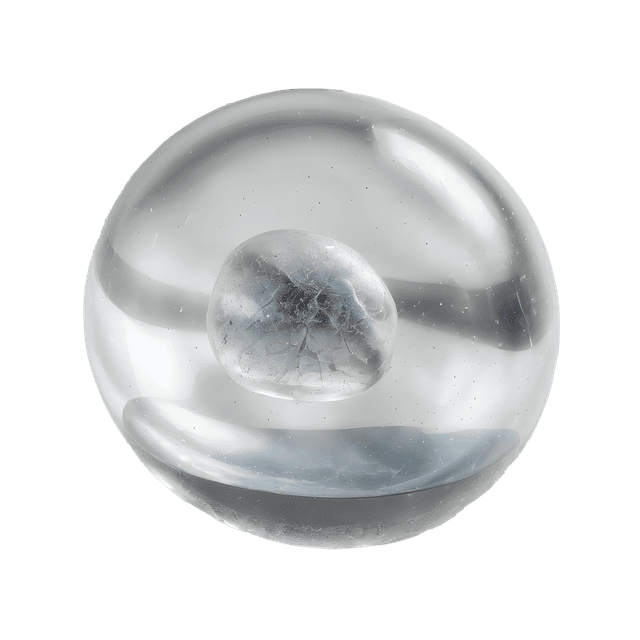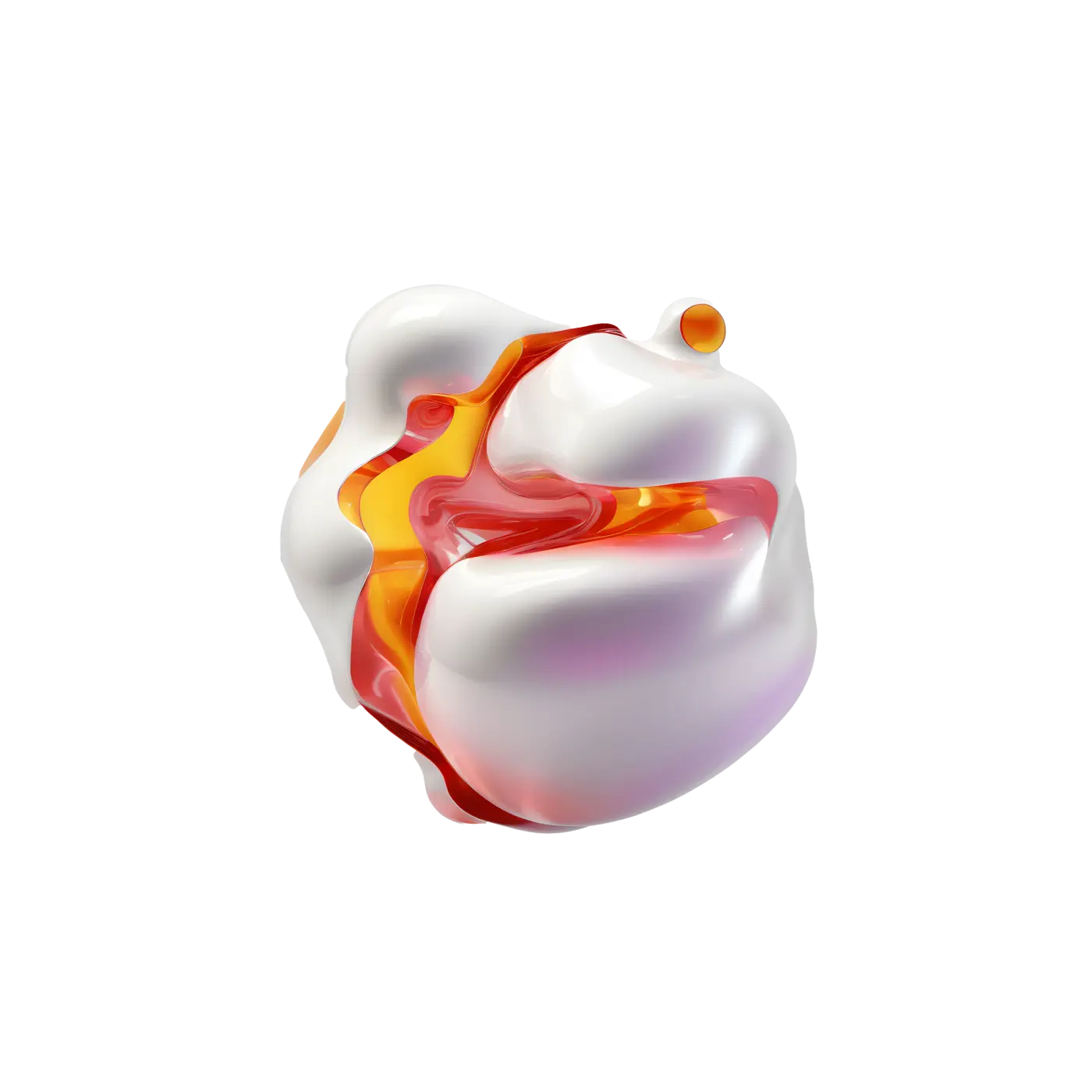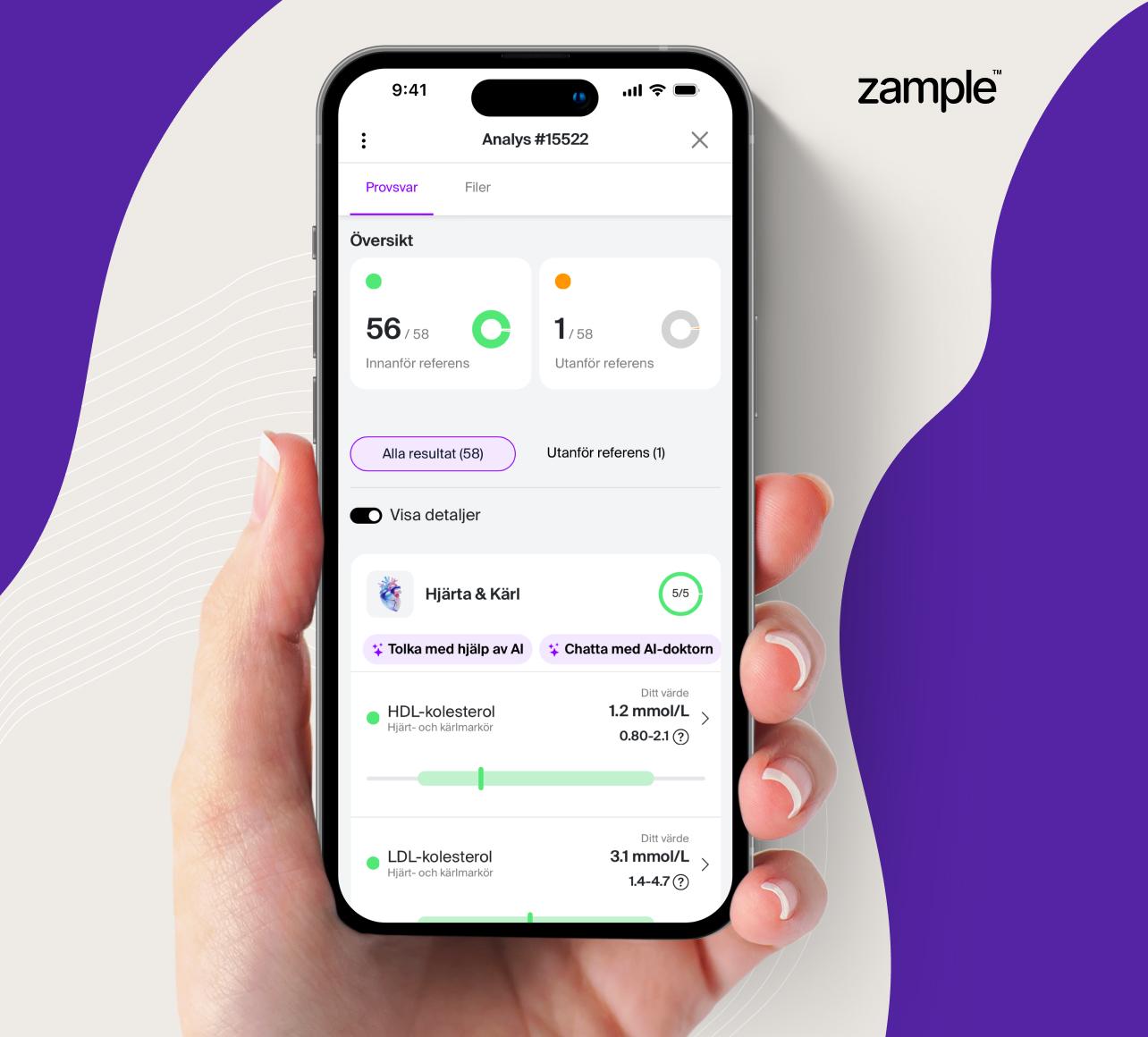Menopause test based on venous blood sample
The menopause test is designed to provide a detailed picture of hormonal changes in women approaching or in menopause. By analyzing the levels of follicle-stimulating hormone (FSH) in combination with luteinizing hormone (LH), the menopause test provides good conditions for evaluating the hormonal changes that are significant during menopause.
Test for suspected menopause
This test is especially valuable for women over 40 who are experiencing symptoms of perimenopause or are curious about their hormonal status before menopause. It is also critical for women under 45 with early menopause symptoms to proactively manage the risk of conditions associated with early menopause, such as osteoporosis and cardiovascular disease.
Use of FSH and LH
During the woman's reproductive years, FSH stimulates the growth of follicles in the ovaries. In menopause or perimenopause when ovarian function tends to decline and fewer eggs are available, the body may respond by increasing production of FSH in an attempt to stimulate the ovaries. A high FSH value is therefore often an indication that a woman has entered menopause. Like FSH, levels of LH also increase at menopause. LH is involved in stimulating ovulation, and levels fluctuate with the menstrual cycle. At menopause, when ovulation becomes irregular and eventually stops, LH levels are usually elevated.
Recommended time for sampling?
FSH and LH levels can vary significantly during the menstrual cycle. For women still experiencing ovulation, we recommend sampling either before or after the expected ovulation period. This helps minimize the natural fluctuations in hormone levels that can affect the interpretation of the results. At the same time, it is important to interpret the test results together with clinical symptoms, in order to provide a complete assessment of the woman's menopausal status.
Reference values for FSH and LH
FSH levels:
- Reproductive years: Usually below 10 IU/L
- Perimenopause: Often between 10 to 25 IU/L
- Menopause: 30 IU/L or higher is strongly indicative of menopause
LH levels:
- Reproductive years: 5 to 20 IU/L depending on the phase of the menstrual cycle
- Perimenopause and Menopause: Levels may rise and often match or exceed the high levels seen in FSH, usually 30 IU/L or higher
Interpretation of test answers
- FSH and LH in Perimenopause: If FSH and LH are in the upper range of reference values for reproductive years but not consistently above 30 IU/L, the woman may be in perimenopause. This is a period of variability where ovulation becomes increasingly irregular.
- FSH and LH in Menopause: A consistent FSH value of 30 IU/L or higher, especially when accompanied by comparable LH levels, strongly suggests that ovarian function has declined enough to the woman should be considered to be in menopause.
Diagnosis for menopause?
It is important to understand that this menopause test cannot make a definitive diagnosis of whether you are in menopause or pre-menopause, or involve specific treatment. Menopause and premenopause are complex conditions that often require a combination of different medical examinations for a complete evaluation.
The test is intended to give you a first indication if you are likely to enter, or are already in, menopause. Premenopause is characterized by hormonal fluctuations and hormone levels may deviate from the more regular fluctuations typical of the normal menstrual cycle.


